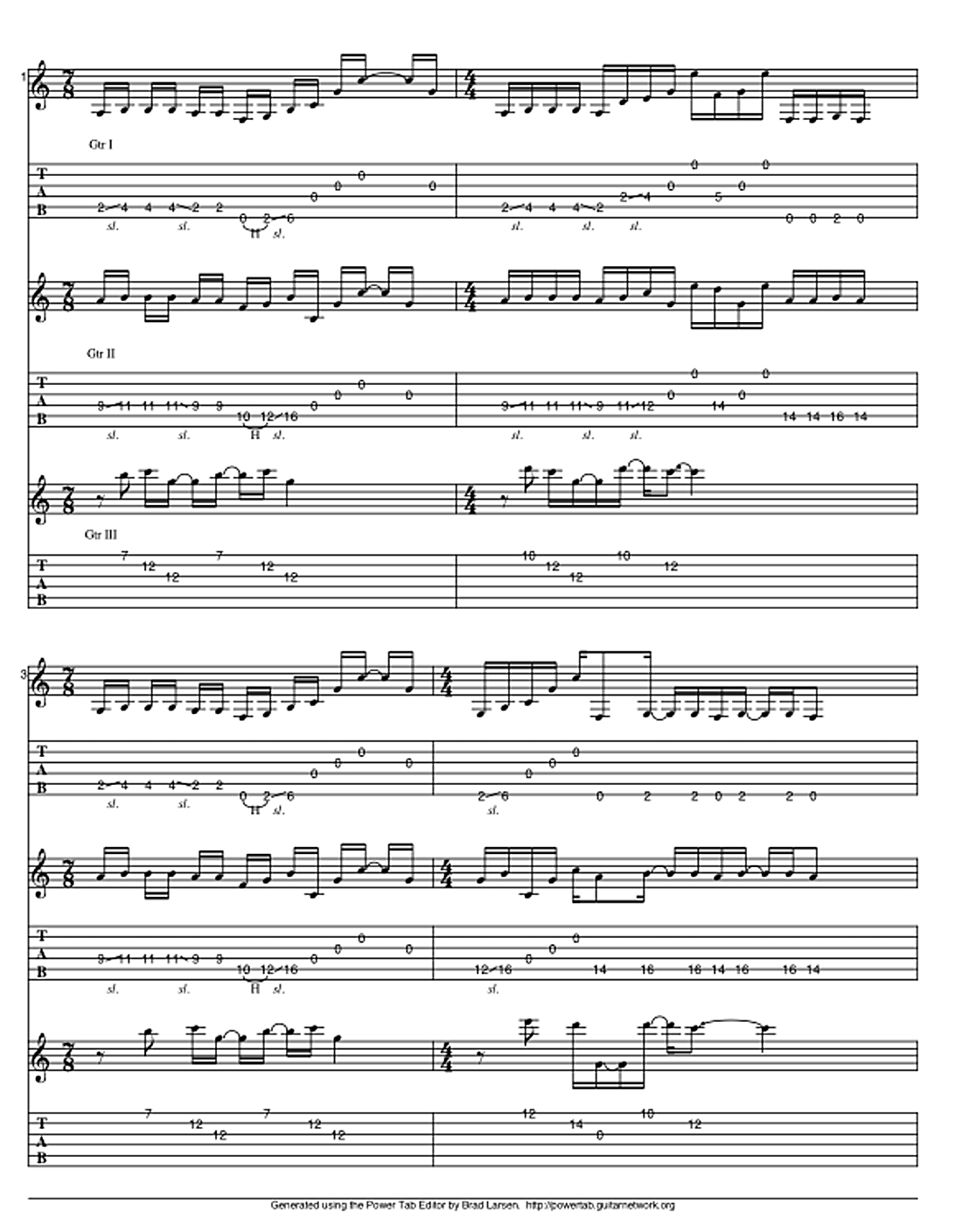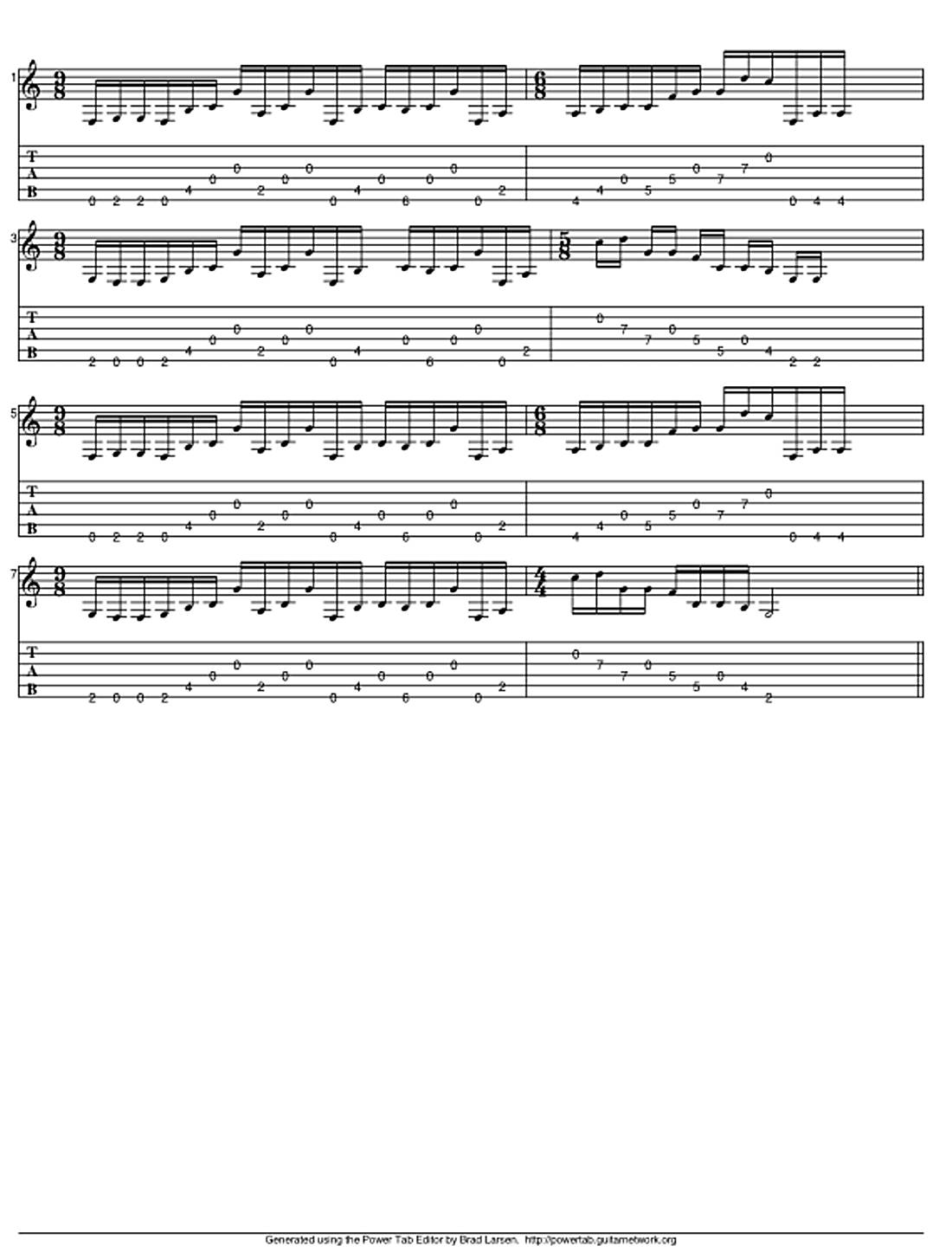On my new CD "Weve", I had the incredible opportunity and great fortune to work with some of the worlds best musicians. Among these were the likes of Tony Levin, Marco Minnemann, Kenny Aronoff, Gregg and Matt Bissonette, Chad Wackerman, Brett Garsed and Jerry Marotta. Many times, as I was writing material for the project, I had already envisioned the musicians that I was hoping to have play on the project. Knowing in advance who would be playing on the songs not only had an influence on how I wrote the songs, but was also an inspiration to try and make each song something special for the particular musicians involved. In an ideal world, the writing process would always run smoothly, but as we all know, this seldom happens. In taking on the immense task of writing and recording an albums worth of material, there always seems to be creative 'peaks and valleys' that we must navigate through along the way. One of these so called 'valleys' that I encountered was on the albums title track "Weave".
In setting out to work on the song, I had already completed two other songs which were to be part of a recording session with the amazing Kenny Aronoff. I was in need of a third song to complete the session but had run into a few snags. I just wasn't overly happy with any of the ideas that I was composing. Being that the rhythm section was to be made up of Kenny and Tony Levin, I felt the need to write something very special. So, I decided to use three different concepts, some compositional and some technical, to take me in a totally different direction and hopefully spark some interesting musical ideas.
The first of these concepts was to use an open tuning. Now, by no means am I the first guitarist to use an open tuning when composing on the guitar, but I was setting out to use a new tuning that I had never used before or had ever seen used. I ended up settling on an open C add 11/F tuning spelled: 6 - F 5 - G 4 - C 3 - G 2 - C 1 - E. This tuning had a very interesting sound and seemed to set me off in the proper direction, opening up the doors to explore musical ideas free of the patterns and shapes that we become accustomed to on a standard tuned instrument.
The second concept I wanted to incorporate was to use a different time signature to hopefully keep the musical idea as interesting as possible. As with any time that I incorporate odd time signatures, my goal is to always keep it as 'transparent' and musical as possible. I really try to avoid the odd time signature for the sake of an odd time signature sound that sometimes happens. My ultimate goal, was to use an odd time, but have it sound as 'common' as possible. Knowing that I had a rhythm section that could take these ideas and make them sound incredibly musical, really allowed me to write without any boundaries. I ended up writing two sections of the song incorporating these odd times. The main theme and verse of the song utilizes alternating measures of 7/8 and 4/4 (Ex. 1), which to me had a very nice flow for the part at hand.

MP3 - Example 1
The second section that received the odd time treatment was the bridge. Once again knowing I had no boundaries because of the incredible rhythm section on the song, I wrote a rather challenging 8 measure bridge with constantly changing times signatures. They are as follows: 9/8 - 6/8 - 9/8 - 5/8 - 9/8 - 6/8 - 9/8 - 4/4, (Ex. 2) all one measure each. With those parts I felt I had created the musical basis for an interesting song.

MP3 - Example 2
The final concept I used to create interesting musical parts was the use of hybrid picking to execute the musical passages. The use of this style of picking allowed me to execute some very smooth cascading guitar lines which brought the parts to life.
After composing these parts it allowed me to explore different melodic ideas and textural chordal ideas with the shown examples as a foundation.
I hope some of the ideas I explored on my song 'Weave' will possibly help you to come up with your own interesting musical ideas using these and other technical and compositional tools. Whenever you face ruts and obstacles of your own, remember that the 'sky is the limit' when composing. Sometimes by mapping out a few concepts in advance it can spark some musical ideas that develop a mind of their own and become great songs very quickly. All the best!
Jason Sadites is a guitarist from Canada who has been teaching guitar since the age of 16, and has a consistent roster of between 60-70 students.
His latest CD, "Weve", showcases his strong melodies, tight harmonies and amazing solos over the songs incredible grooves.